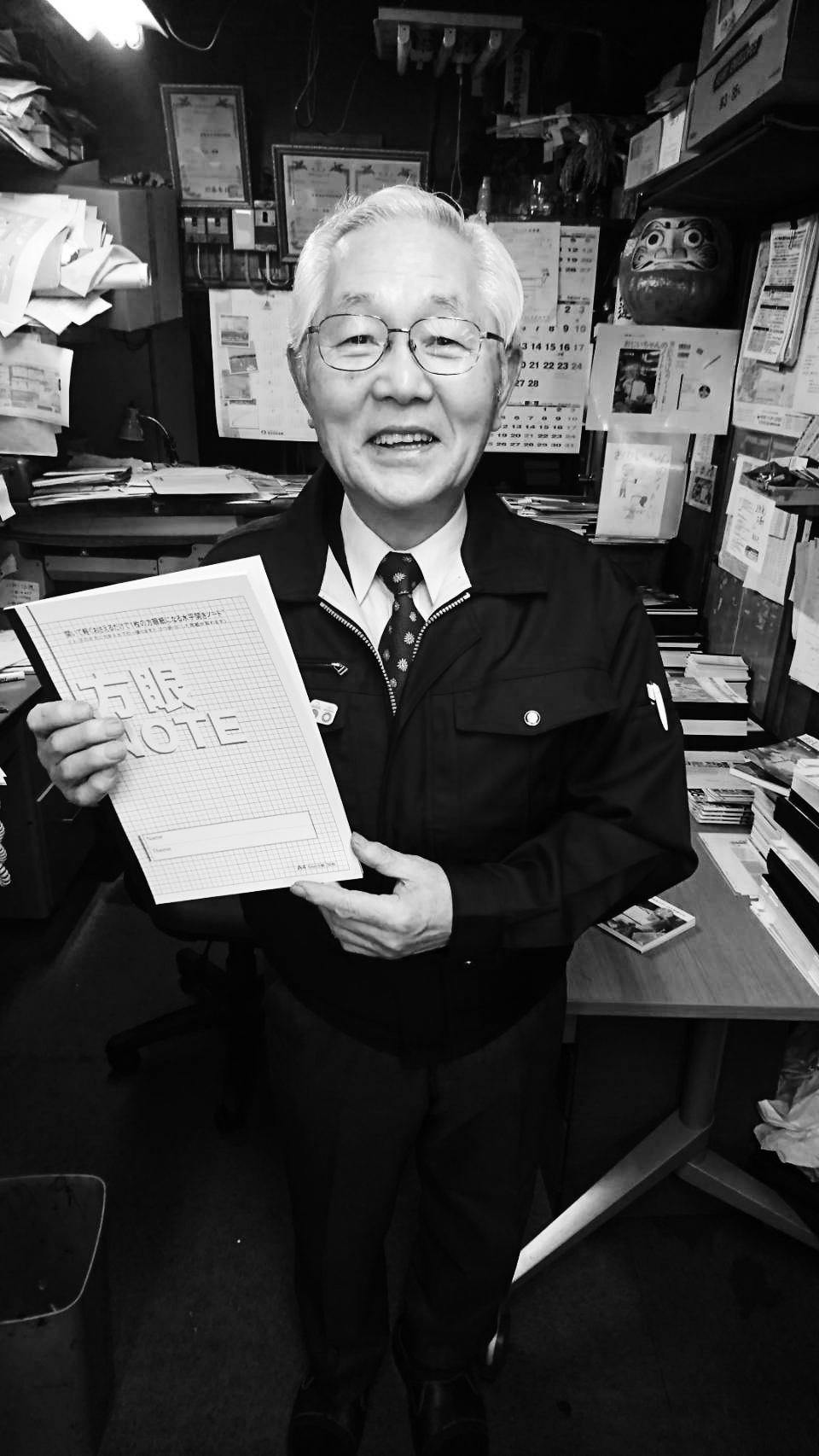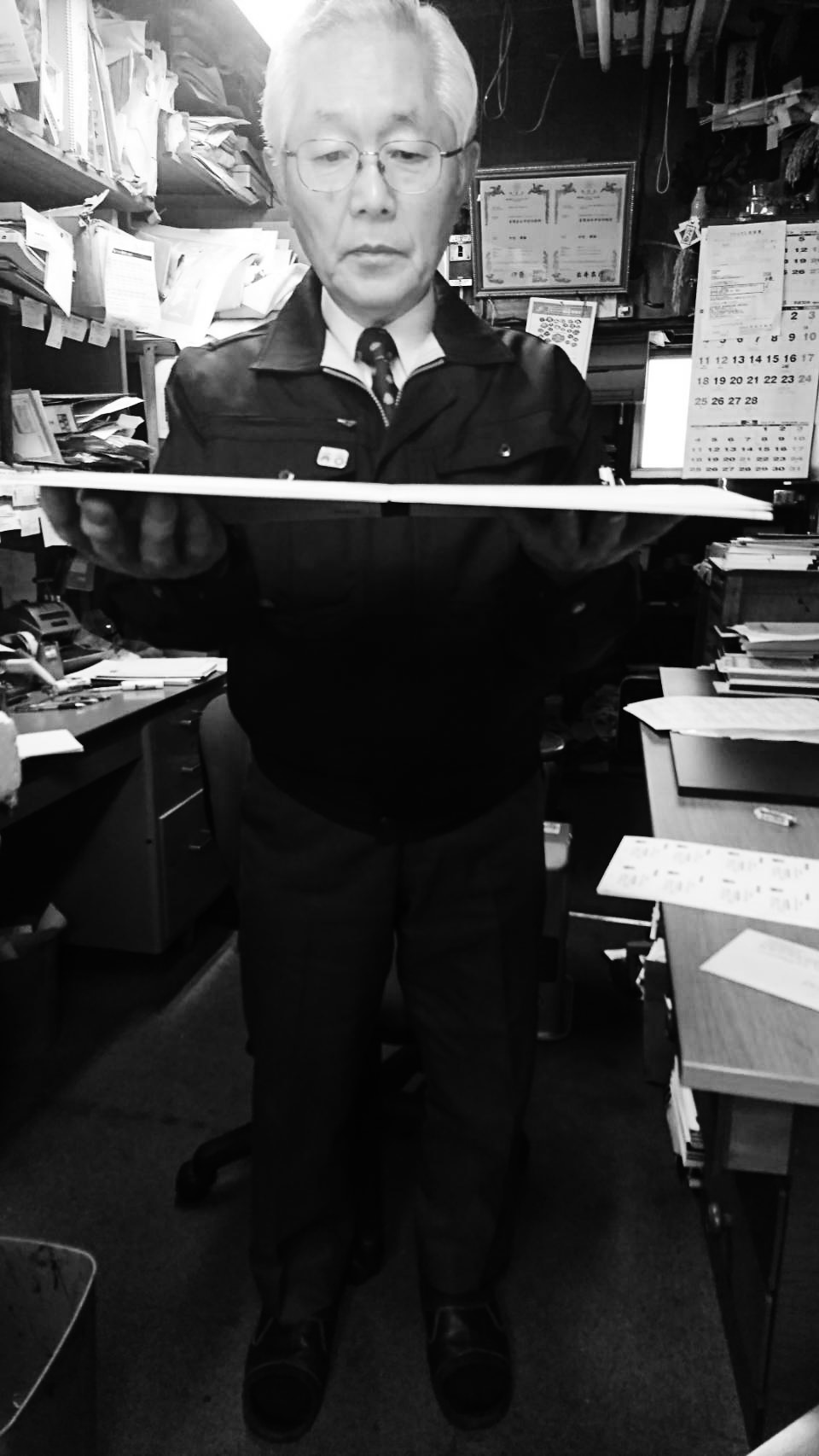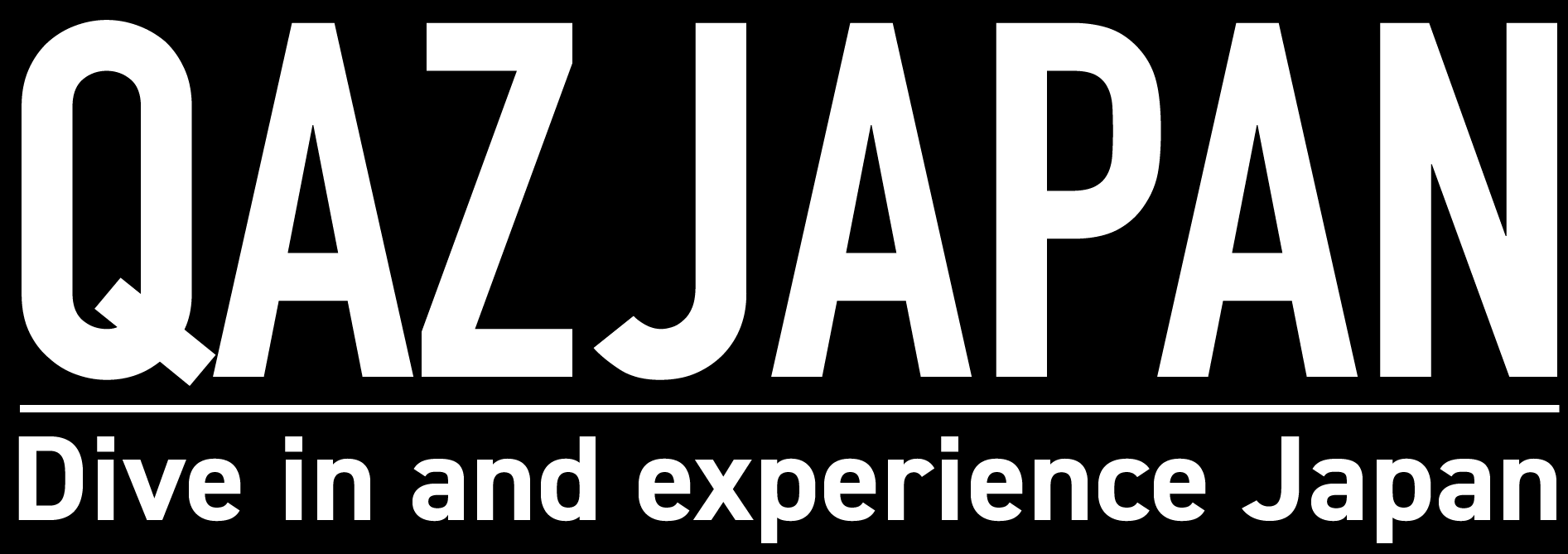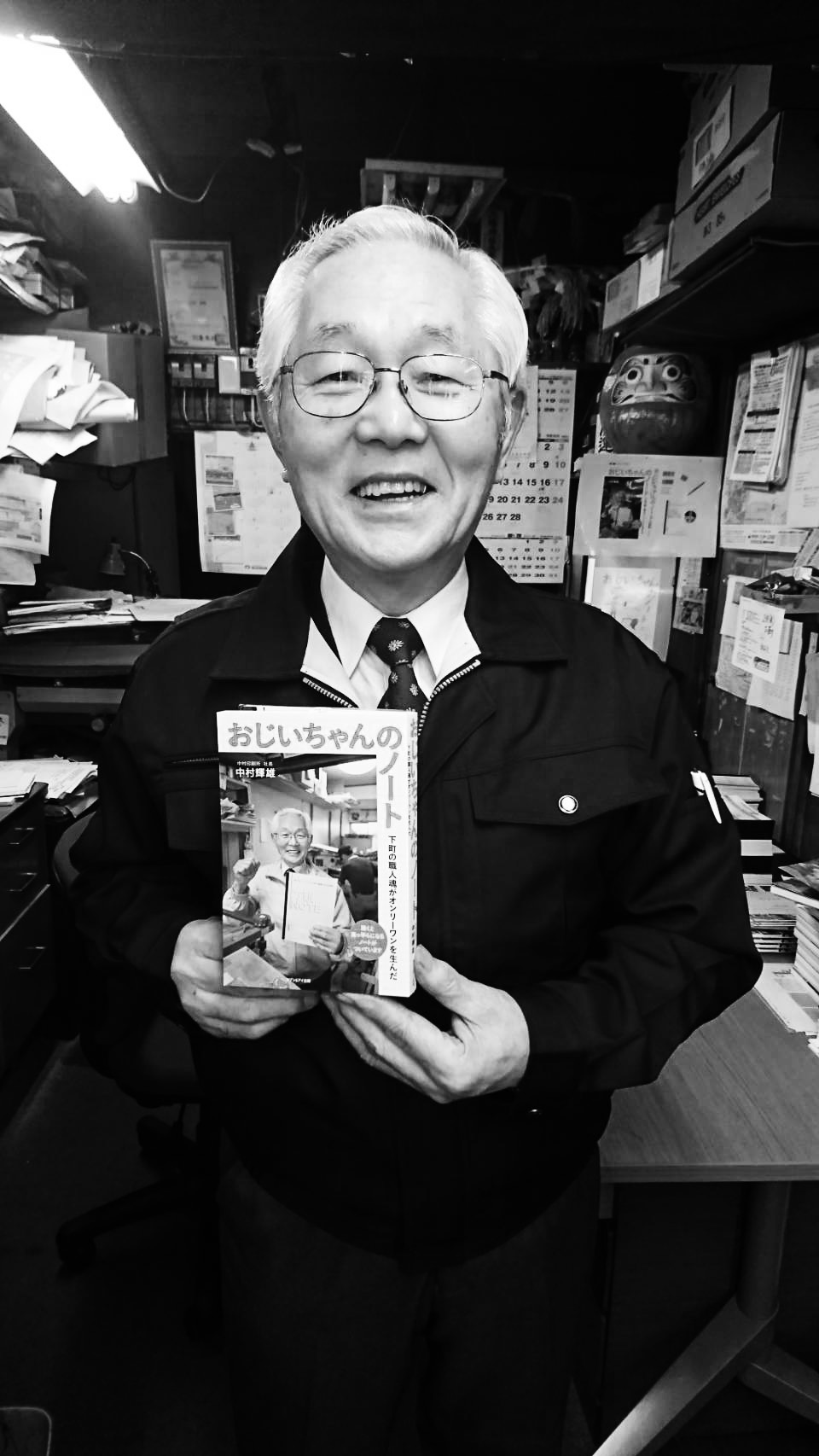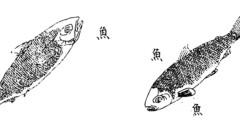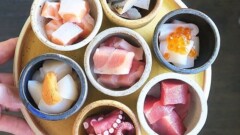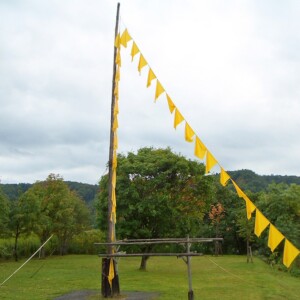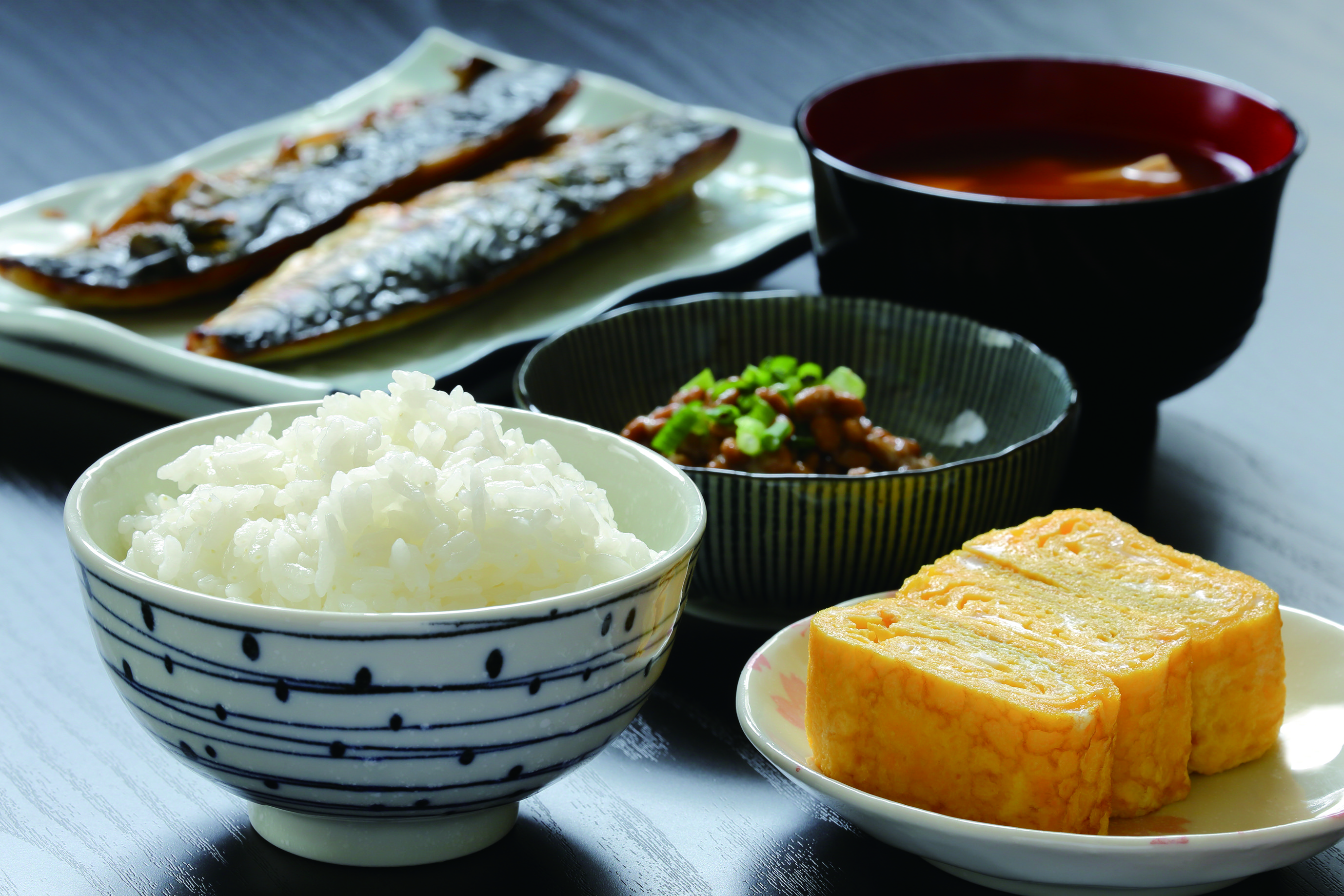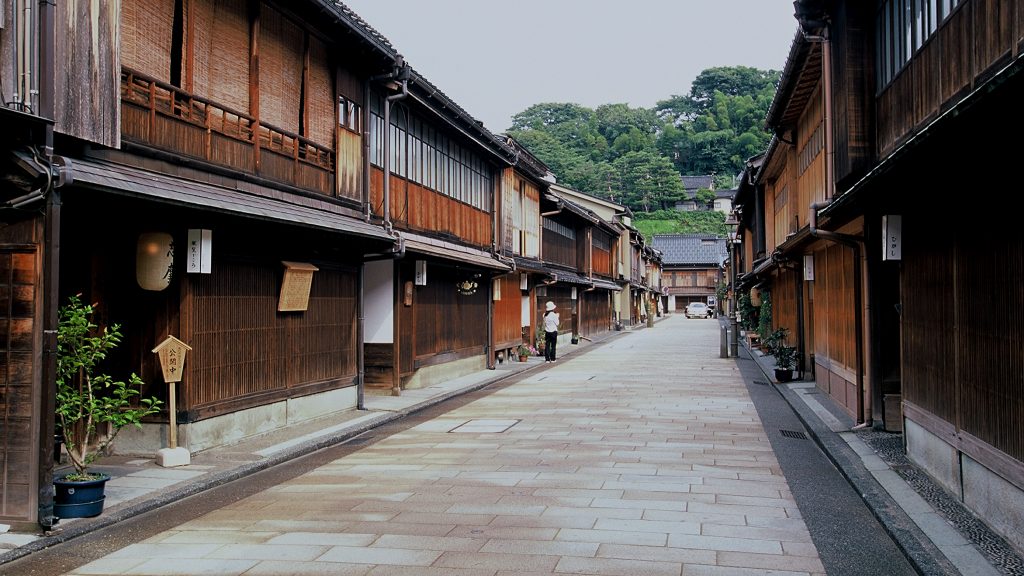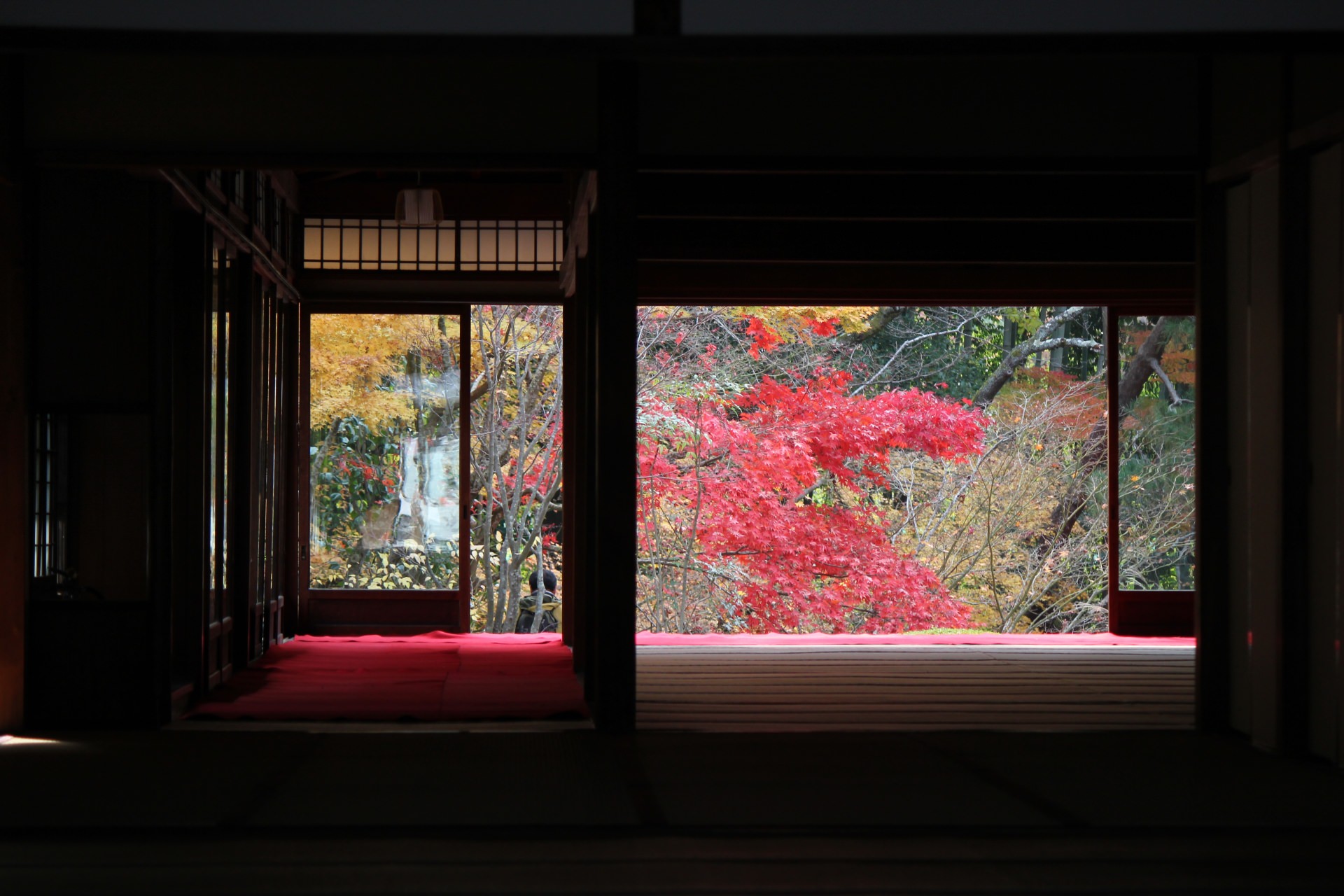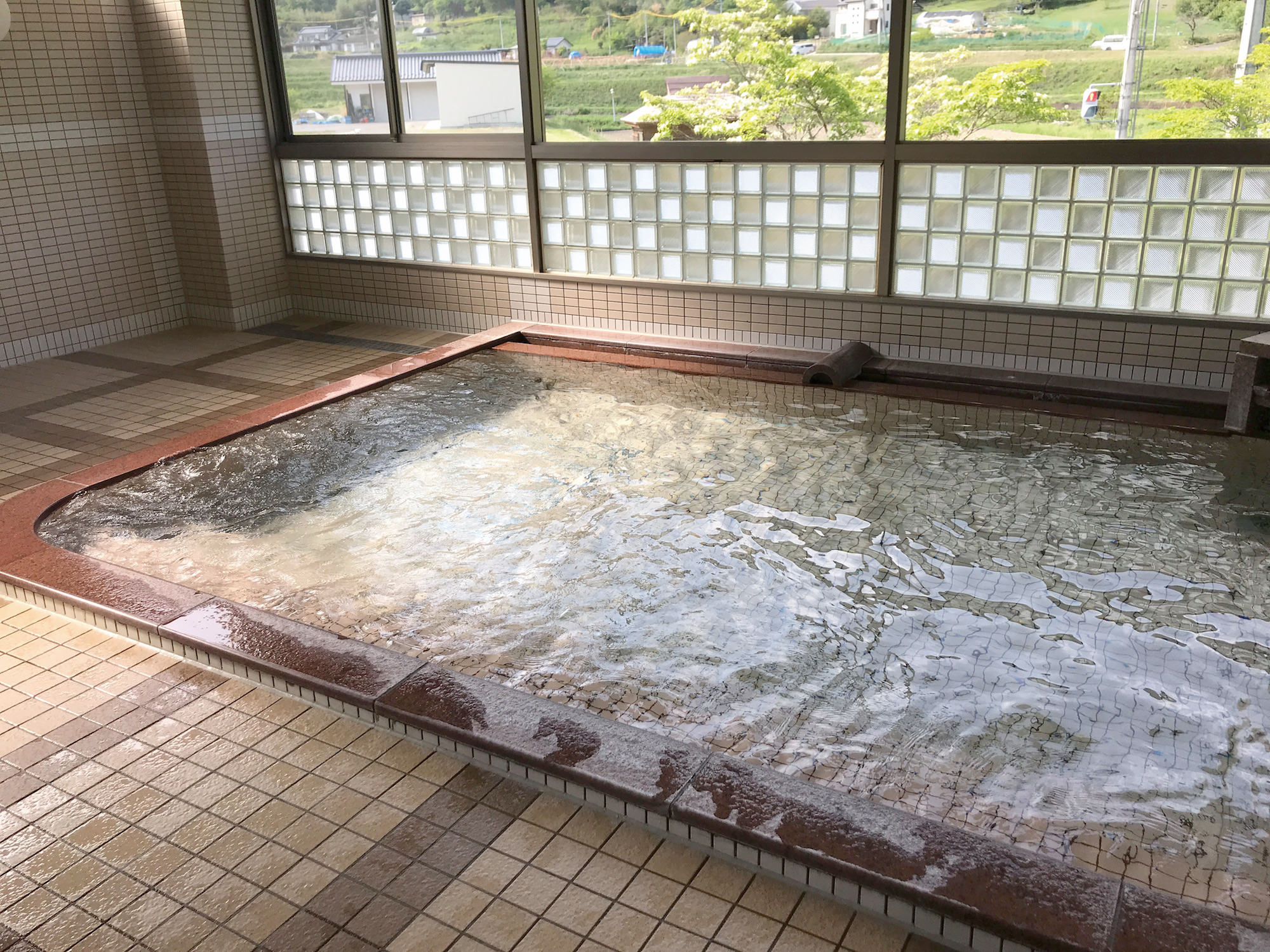
TERUO NAKAMURA RUNS a small family printer in Kita Ward, Tokyo. When his friend’s bindery business ran out of work, he took him in and gave him a part-time job. Nakamura was in his 70s and his part-time partner, also named Nakamura, was 80. The two soon became obsessed with making one last great product to help the family business. Their goal: to make a notebook that lays perfectly flat at 180 degrees when open with no hills and valleys like most notebooks have. It would be the world’s perfect notebook, but there was a reason no one else had produced such an item: the process was extremely difficult.
Hours turned into days, then weeks, months, years, but the two men kept at their dream. The print shop’s son tried to get his dad to stop with his obsession, to no avail. The two men kept testing and testing different ways to make the notebook lay flat and not fall apart when used. Finally, they did it—they had achieved the perfect, 180-degree open, notebook. That was in 2012.
But the problem was that no one seemed to care. One shop offered to sell it, but sales trickled in at a depressingly slow pace. Nakamura tried to connect with other businesses to get the word out, but nothing seemed to work. Even when he had a promising order for 8,000 notebooks, which the printer rushed to produce, in the end the company making the order demanded unrealistic discounts, and Nakamura had to cancel the deal. Now, they had thousands and thousands of notebooks in storage and no prospects for significant sales.
On New Year’s day 2016, Nakamura the part-time worker was visited by his grandkids. At one point, he brought out a couple of the notebooks to show them. He gave some to his 19-year-old granddaughter and asked her to give them to her friends. She said later that she was unimpressed. It was cool that it lay flat, she said, but was it really such a big deal? Still, she wanted to help her grandpa, so she snapped a few photos and posted a message about the notebook on twitter. Before she knew it, her tweet had been retweeted more than 20,000 times. Orders started rushing in so fast, the printing company could barely keep up. Overnight, the lay-flat notebook went from being a failed idea and a storage headache to a hot-selling success.
Today, Nakamura’s printing company has teamed up with Showa Note Co., printer of the iconic Japonica workbooks used by students throughout Japan, to co-produce the “Suiheibiraki” notebook. The obsession of the Nakamura print shop is now tied to the distribution and marketing power of Showa Note. Two silver-haired gents from downtown Tokyo have achieved their lifelong dream thanks in no small part to a tweet from a 19-year-old.
